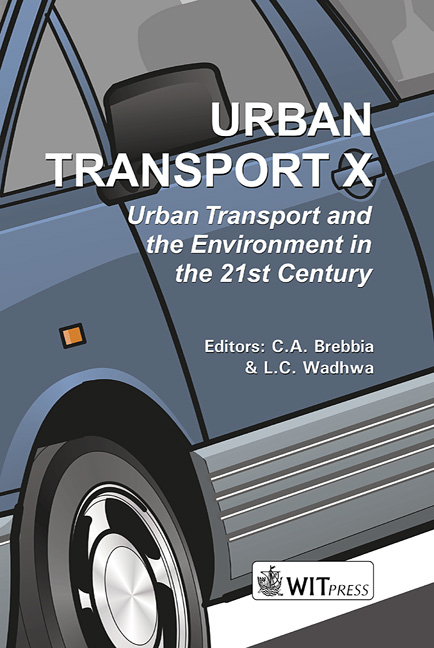Optimization Of Signal Timing Transition Period
Price
Free (open access)
Transaction
Volume
75
Pages
9
Published
2004
Size
285 kb
Paper DOI
10.2495/UT040671
Copyright
WIT Press
Author(s)
R. Mussa & M.F. Selekwa
Abstract
This paper reports on the development of a transition procedure based on the quadratic optimization method. The procedure is aimed at reducing disutility measures to motorists during the transition period. The transition is modeled as a linear dynamic process, and the disutility measures are modeled as the sum of squares of the deviations of the coordination parameters—that is, cycle length, phase split, and offset—from the optimal values during the transition. Optimal control techniques are used to determine the step size and optimal number of steps necessary to complete the transition with minimum disruption to traffic flow. The proposed transition procedure does not go beyond the current and the target cycle lengths thus eliminating the need for the user to specify minimum and maximum values of splits and cycle lengths to accommodate pedestrians and other local intersection
Keywords





